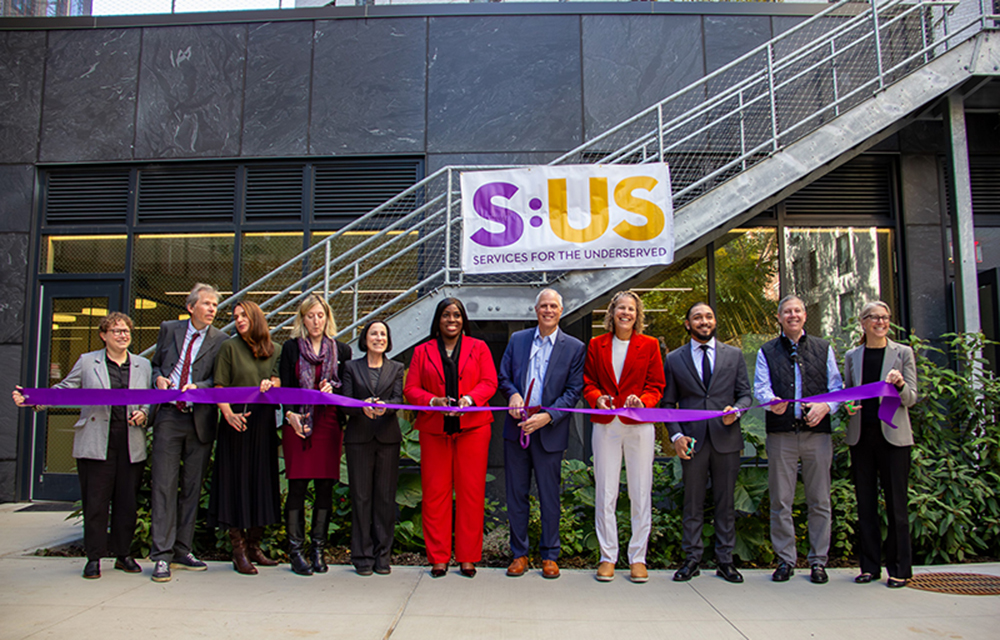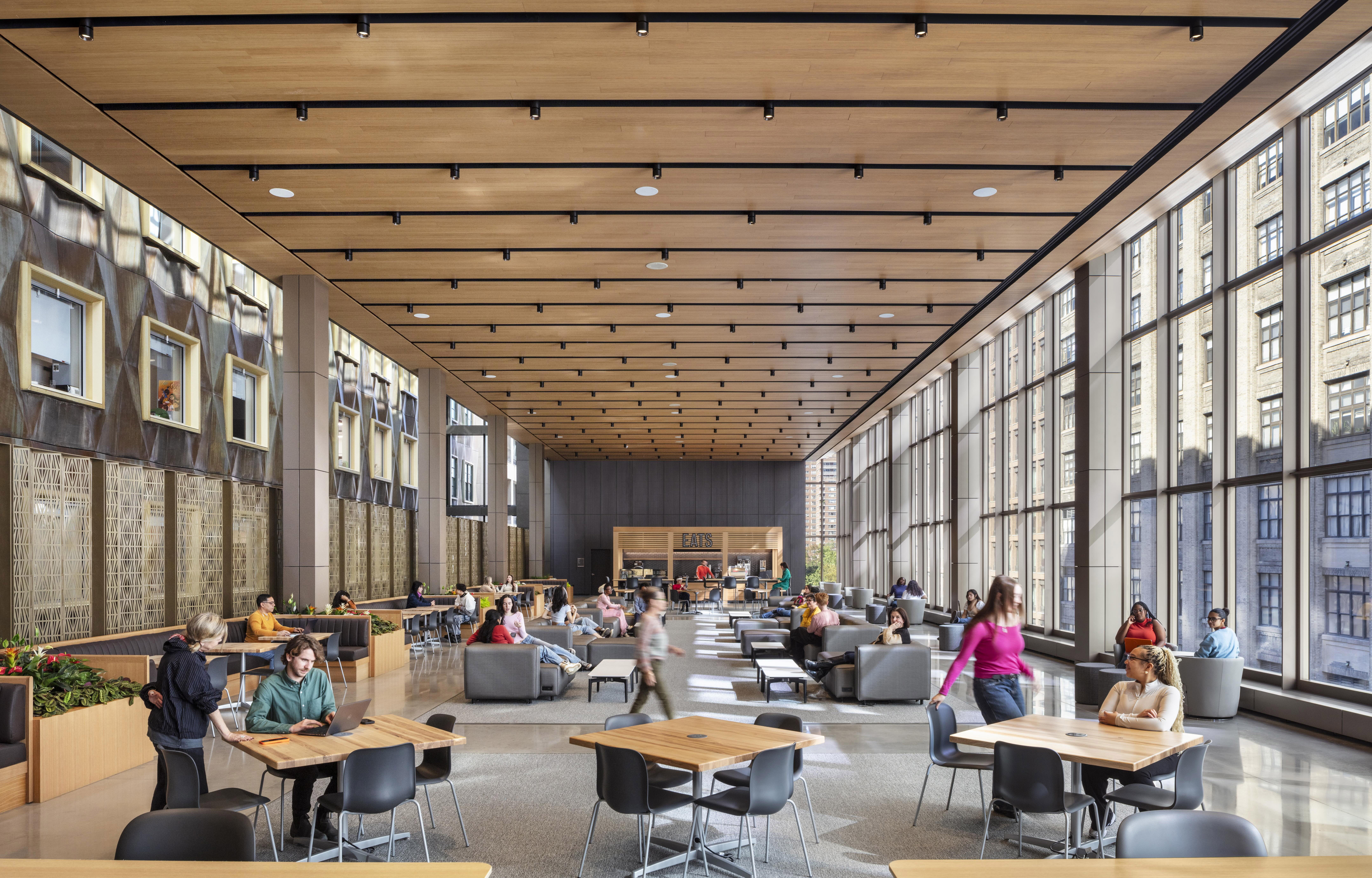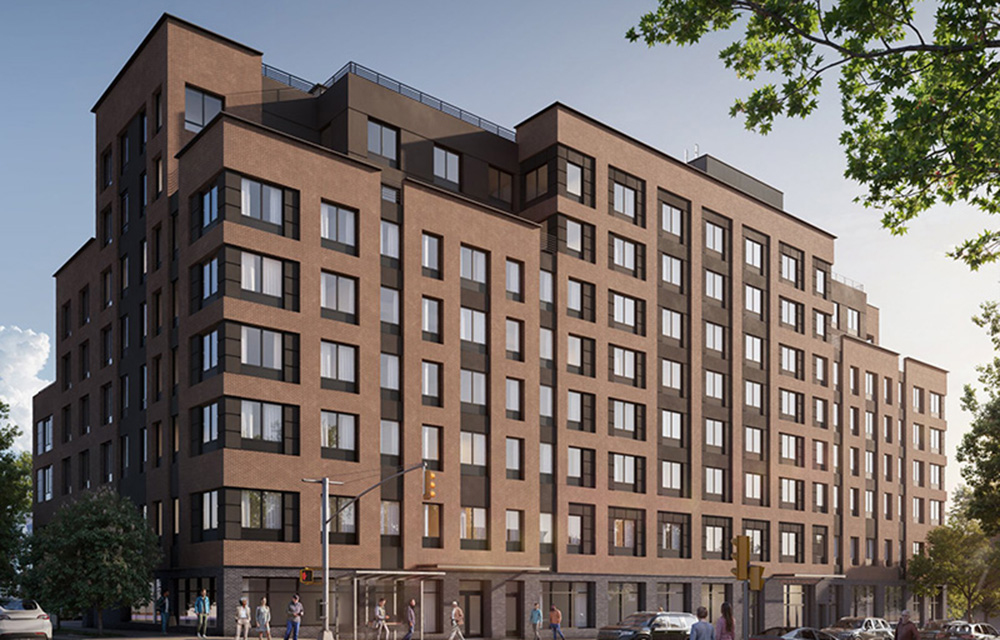New York City’s Local Law 97’s effect on electrical systems in existing buildings - by Erin Anthony

The goal of recently-enacted New York City Local Law 97 is to reduce carbon footprints of buildings larger than 25,000 s/f 40% by the year 2030 and 80% by the year 2050. Buildings not in compliance with Local Law 97 by the 2024 deadline will face substantial fines.
New York State has set ambitious targets for future renewable energy on the grid that serves New York City. If and when these targets are met and the grid gets “cleaner” with production from renewables increasing, this will impact the corresponding carbon conversions and emissions limits set forth in the bill. While there are still unknowns, the assumption is that in the future, building electrical consumption will be less of a carbon emitter than it is today, but that fossil fuel emissions will remain constant.
As a result, building HVAC systems may need to move toward using electricity as the prime energy source. This may in turn cause building systems to migrate away from gas, steam, and fuel oil-operated systems for heating and/or cooling, promoting an “electrification” of buildings.
One impact of this possible “electrification” that is not yet fully understood is impact on time-of-use (TOU) power demands. Currently, peak power usage is typically experienced in the summer months when cooling systems are operating at peak capacity. Utility companies charge premium electrical rates during peak usage periods, typically between 8 a.m. - 10 p.m. in June, July, and August. As the peak demand increases in winter months to accommodate for additional electrical heating systems, the peak electrical usage in winter could exceed the summer months. Should utility companies alter the rate structure to focus on winter peak loads and TOU pricing, the total cost and way in which buildings operate will be greatly impacted.
This move to “electrification” could also have a major impact on the necessary electrical infrastructure in existing buildings; common fossil fuel systems that provide heating and cooling to buildings in New York include natural gas boiler plants for heating and to a lesser degree, fossil fuel-based chiller/cooling systems. If a building is unable to meet Local Law 97 requirements with its existing fossil fuel heating or cooling systems, significant building electrical infrastructure upgrades and additional utility connections would be needed.
Electric heat pumps are one alternative that can provide heating and cooling with lower carbon emissions compared to conventional fossil fuel systems; however, they may require additional/supplemental heat for the coldest days of the year in an existing building. Currently, the availability of the electric heat pumps that can easily replace existing fossil fuel boiler and hot water or steam distribution systems is limited and likely requires substantial infrastructure changes (such as hot water piping, and electric and HVAC system replacements) and/or supplemental heat on the coldest days. Each building has unique characteristics that must be evaluated to find an optimal solution to conform to Local Law 97.
Conditions that could impact the building’s carbon footprint that need to be evaluated include spare electrical capacity, flexibility of electrical distribution systems, age and useful life of existing electrical and HVAC equipment, type of heating and cooling distribution systems, building mechanical and lighting controls, and building envelope construction including wall type, insulation, and window construction.
Compliance with Local Law 97 begins in 2024; therefore, understanding how to position your building within the framework of the new legislation‘s carbon footprint reduction standards should be a priority.
Erin Anthony, PE, is an electrical technical trade leader at AKF Group, New York, N.Y.
Troutbrook expands with boutique condo project and Marriott Fairfield Inn & Suites renovation








.gif)
.jpg)

.gif)